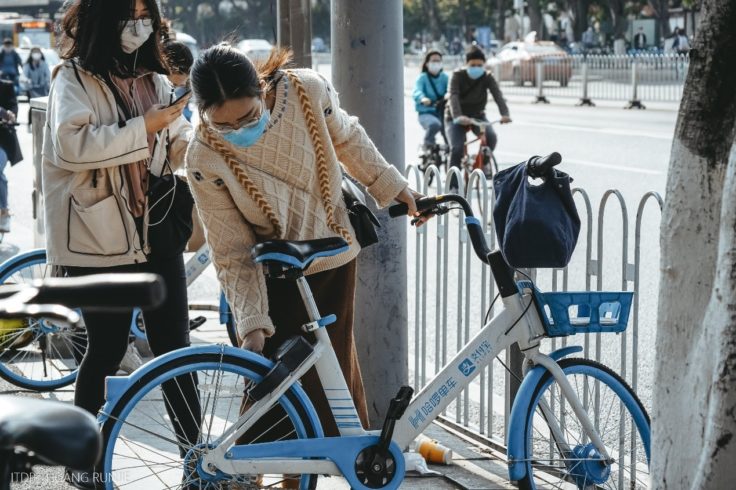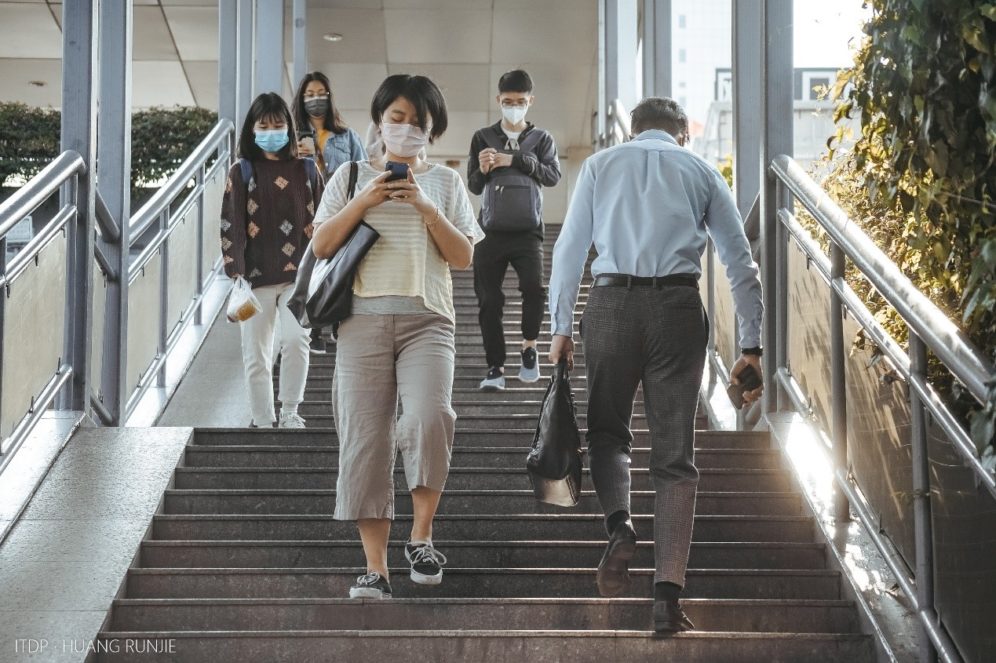
March 26, 2020
Post-Pandemic, Chinese Cities Gradually Reopen Transport Networks
Last week, China reported a milestone: no new infections of COVID-19 for the first time in about three months. Having passed the most serious period of infection, Chinese cities are beginning to open up again, gradually. And gradually, we are seeing what this means for China’s massive transport network, and by extension, what it may mean for the resilience of our transport networks globally.
China’s lockdown, which began in January, fully restricted movement of the vast majority of urban residents, essentially halting most transport activities. Now that China has begun to open up again and restrictions are being lifted, cities are taking stock, and seeing some patterns emerge. Many results are not surprising but travel patterns and mode shifts in China indicate that walking and cycling remains the best form of transport – both for the environment and mobility -in the midst of a crisis.
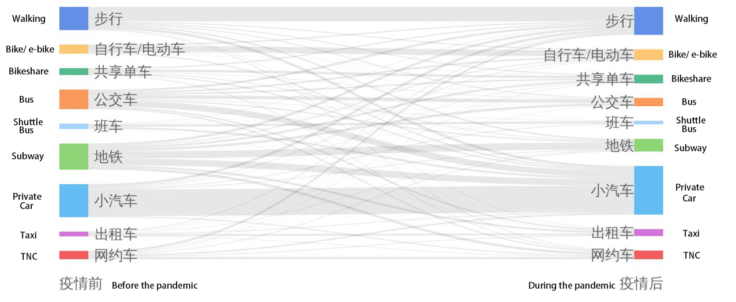
Cycling Has Grown Dramatically
Cycling, already popular in Chinese cities, has surged in China as it has elsewhere. ITDP surveyed commuters in Guangzhou, and found that many have switched their mode from transit to cycling. In Beijing alone, bike share systems saw user increases by roughly 150%. Additionally, bike share companies showed that trips averaged more than three kilometers, which had been uncommon previous to COVID-19, when longer trips were typically taken by car or transit. Beyond the infection fears of taking crowded public transit, it’s also likely that the massive decrease in car traffic during quarantine made cycling more appealing, and much safer.
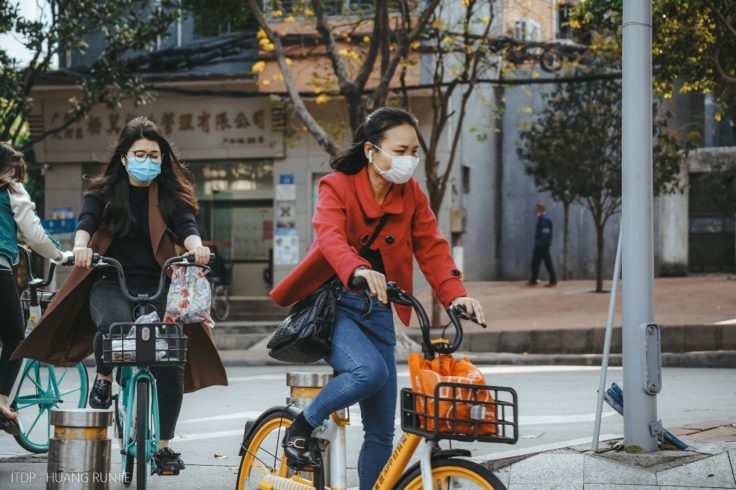

Uber, Didi, and other TNCs are Down
On-demand taxis have taken a hit, with people preferring cycling as a safer, and free, option. As public transit networks are government-run, vehicles and workers are required to follow specific regulations on cleaning and sanitizing. Bus capacity in some places has been increased to provide more options to decrease rider density at specific times. This is different from taxis and ride hailing, where individual drivers are not under government regulation in the same way. While transit use is slowly coming back, the fact that it is regulated has given it an edge over private companies: people trust that they will follow strict sanitation protocol and for social distancing reasons, capacity can be increased. The TNC business model does not allow for this.
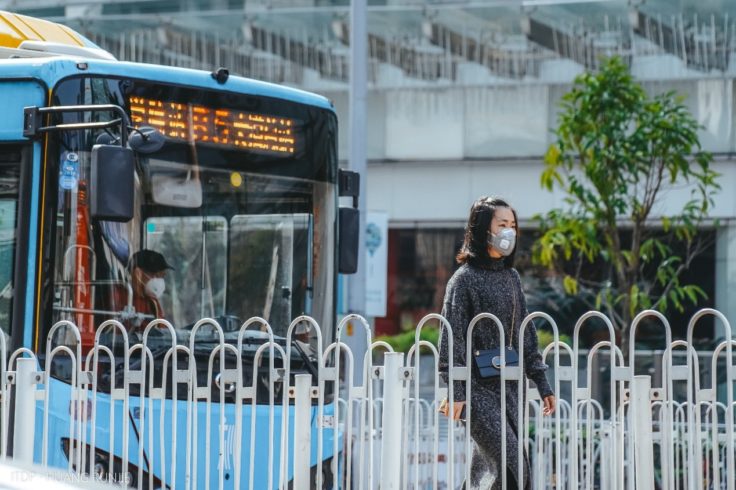
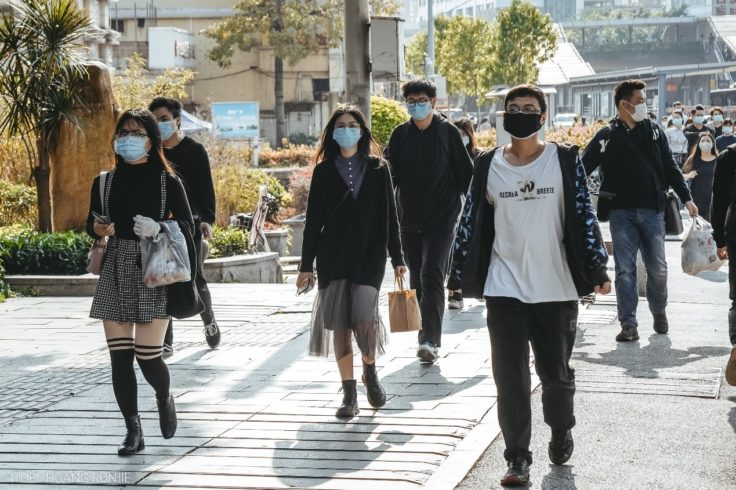
Metro to Bus
Initial findings show a public transportation drop for obvious reasons, but it has not been uniform. Metro ridership dropped from a previous mode share of 26 percent of trips in the city, to 14 percent. Bus ridership went from a pre-virus mode share of 17 percent down to ten percent. Many people reported switching from metro to bus because they disliked the idea of being underground in a trapped space, and thought they would have more options for distancing on the bus. Fortunately, having a large system that fully integrates bus, metro, and bike share, people can choose the form that best suits their needs.
In Shenzhen, metro ridership has been gradually increasing as the city reopens, but still remains well below normal traffic. This is partly due to city reopening gradually, and also due to a cautious avoidance of spaces that are thought to be crowded.

Opportunities
This crisis is unprecedented, but we already know it will alter the trajectory of the economy and society for years, maybe decades. While it’s too soon to celebrate silver linings, there are some trends worth watching. Right now, air quality is better than it has been in years. Globally, air quality has improved since the pandemic. Presumably, when the pandemic subsides, air quality will diminish once again but for now this is a rare opportunity to envision alternative ways of life that until recently had been impossible without cars. For example, Bogotá opened temporary cycle lanes to curb public transportation usage and Mexico City has proposed expanding cycle ways during this period of time. New York City has seen a major rise in cycling, in part because there are fewer cars on the street.
This is a rapidly-evolving situation that is changing every day. What is certain, however, is that the best way for cities’ transport networks to be resilient is to provide quality options for all modes of travel, and for all city residents. Whether we are facing a pandemic, a flood, or an air quality crisis, a robust and varied transport network is our best defense.
For more on Chinese cities’ response to COVID, check out our webinar here.
